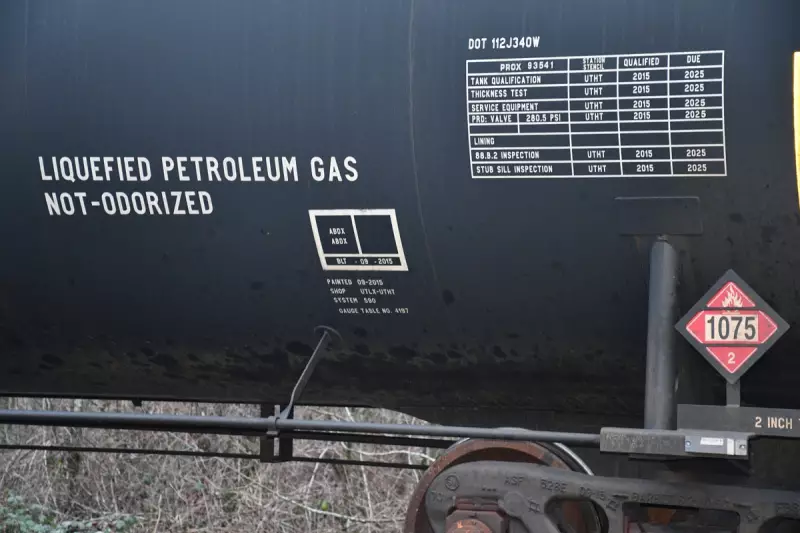
The US National Transportation Safety Board (NTSB) has issued a stark warning to Congress, demanding immediate action following a perilous freight train derailment that exposed critical vulnerabilities in the nation's rail safety systems.
The incident, which occurred in New Mexico, saw a BNSF Railway train carrying hazardous materials suffer a complete brake failure. The train was forced into an emergency stop after travelling nearly 20 miles with its brakes applied, causing several wheels to lock and creating a severe fire risk.
A Disaster Narrowly Averted
Investigators revealed the train's crew discovered the brake issue shortly after departing. Despite their efforts, the train could not be stopped normally. The subsequent emergency stop caused extreme overheating, with temperatures on the wheelsets reaching a staggering 1,600 degrees Fahrenheit. This intense heat melted and fused essential components, including the wheels and bearings, to the tracks.
Miraculously, the train did not derail at high speed, and the hazardous cargo remained intact. However, the NTSB concluded that this event was a 'precursor to a catastrophic derailment' and serves as a dire warning for the entire industry.
Systemic Failures and Urgent Recommendations
The NTSB's investigation pinpointed a combination of factors that led to the near-disaster:
- Faulty Brake Cylinders: A defective brake cylinder on a hopper car failed to release, keeping the brakes engaged.
- Inadequate Safety Protocols: Current industry practices failed to identify and rectify the dangerous mechanical issue in time.
- Design Flaws: The design of the railroad car's brake system contributed to the severity of the failure.
In response, the safety board has made an urgent recommendation to the US Congress. They are calling for the mandatory installation of hot bearing detection (HBD) systems along all mainline routes used for transporting hazardous materials. This technology is designed to identify overheating components long before they lead to a catastrophic failure.
A Call for Action to Prevent the Next Crisis
This incident echoes the devastating 2013 derailment in Lac-Mégantic, Quebec, which resulted in 47 fatalities. The NTSB is adamant that without significant investment in detection technology and updated safety procedures, a similar tragedy is inevitable.
The report serves as a critical reminder of the ongoing safety challenges within the US rail network and the pressing need for regulatory oversight to protect both the public and the environment from potential rail disasters.





